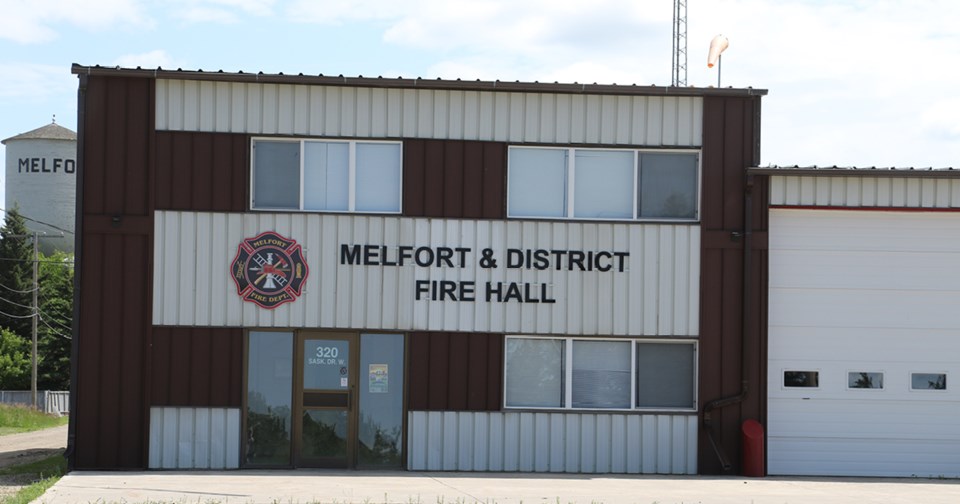MELFORT — Nobody was injured as a home furnace on Stovel Avenue East began to leak carbon monoxide (CO).
Carbon monoxide is a tasteless, colourless gas that causes headaches, nausea, dizziness, and if exposed to for long enough it results in unconsciousness and death.
Melfort Fire Department responded to the call of a CO alarm ringing on June 28 at 9:15 a.m.
When crews arrived they found the homeowner outside letting them know the alarm was from the basement.
“He had the doors and the windows open and the alarms were still going off,” said Shaun Stewart, Melfort's fire chief.
Two members of the department entered the resident with full SCBA gear and a multi-gas detector which led them to the area around the basement water heater and furnace.
“We continued to look for additional sources but it all came back to the furnace area.”
Once the department confirmed that there was a leak, the scene was turned over to SaskEnergy to repair it.
“Our [detectors] can pinpoint it to about a three foot area, theirs can pinpoint it to down to about a three inch area, so they’re able to take it to something a little bit better,” Stewart said. “They vented the building and fixed the leak.”
To assist in venting the building, the department used electric fans, placing one at the main door before moving into the house.
“What you usually do is you keep most of the windows shut in the room where the highest concentration of CO is. You open one of those windows and then it just forces everything out the one window and flushes the home with fresh air from the outside.”
Stewart said that if someone’s CO alarms go over, the first thing they should do is call 911.
In this call’s case, the homeowner came home to find the alarm going off. In response, he reset the device only to find that the alarm continued to ring.
Noticing this, he opened the windows and left the building where he dialed emergency services.
“CO is colourless and odorless. It’s not something they’re going to be able to tell,” Stewart said. “If their CO alarms go off it’s a lot better to have us come check it out, or SaskEnergy.”
As a general rule, Stewart advises checking and replacing the batteries on all the household alarms every six months – for him that’s July 1 and January 1.
“Check the dates when they were manufactured, because any of our detectors are usually good for five to seven years, but you always look at what the manufacturer's recommendation is for replacing them. Lots of times when we go to these calls sometimes they are faulty detectors.”



